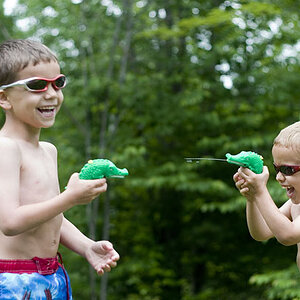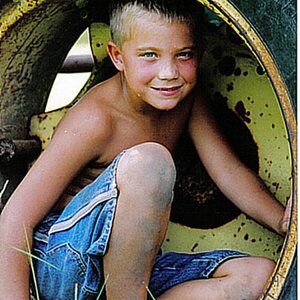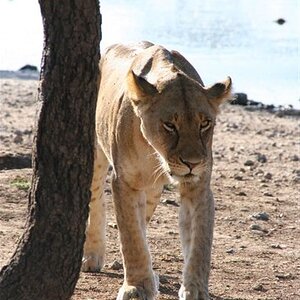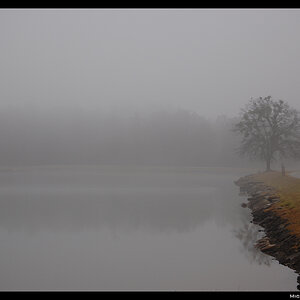Braineack
Been spending a lot of time on here!
- Joined
- Jun 17, 2013
- Messages
- 13,214
- Reaction score
- 5,613
- Location
- NoVA
- Can others edit my Photos
- Photos OK to edit
If you shoot portraits of people with 200-300 on a crop sensor, it's your choice, but that doesn't mean it's a good idea in general.
it in no way makes it a bad idea either.


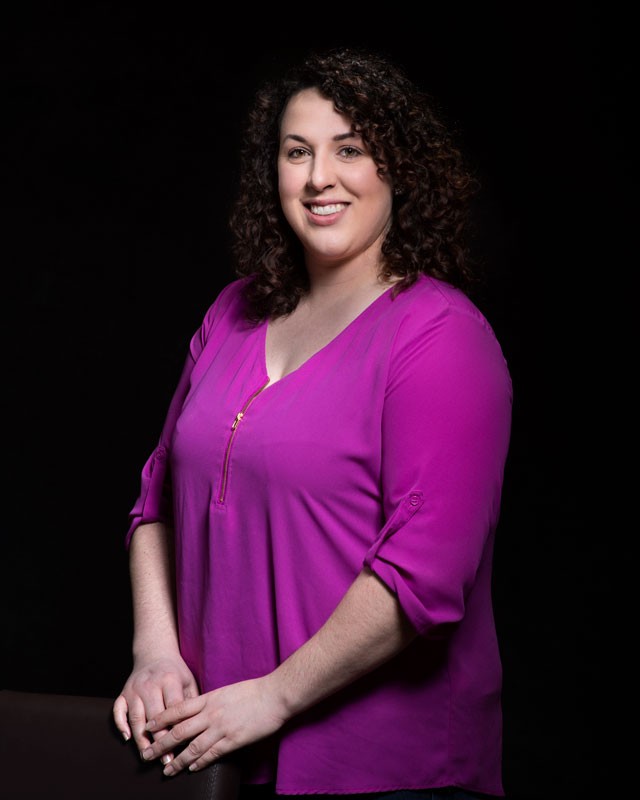
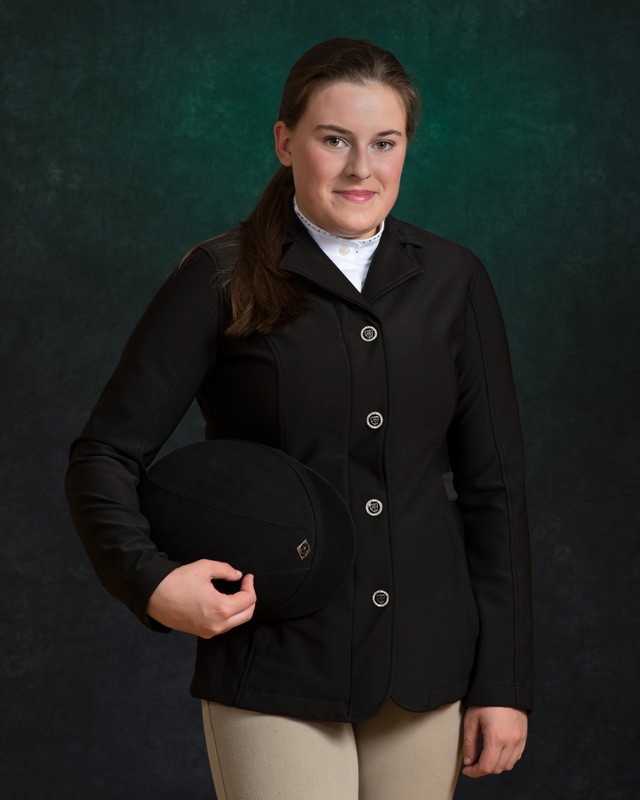
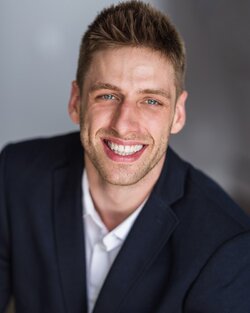
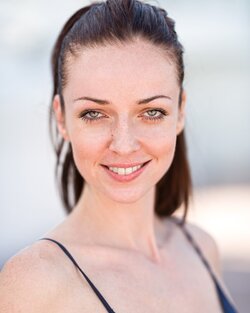
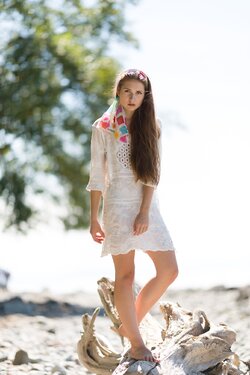
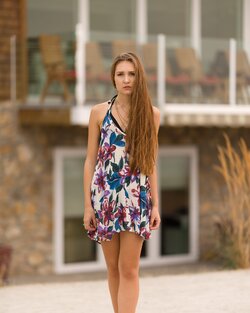
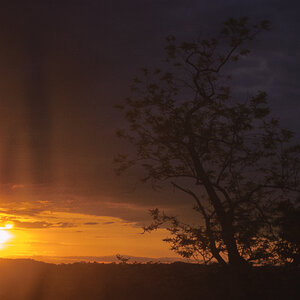
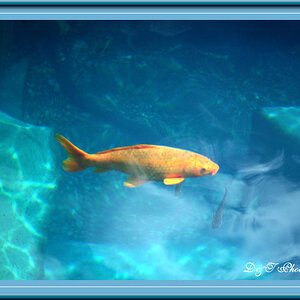
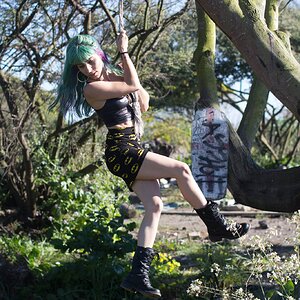

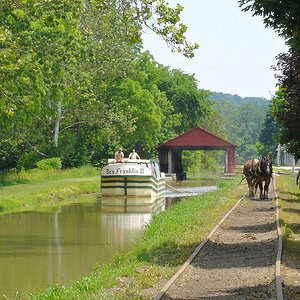
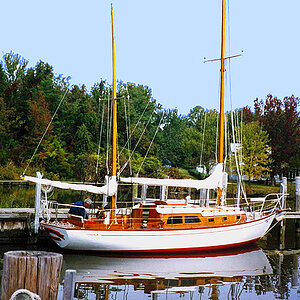
![[No title]](/data/xfmg/thumbnail/31/31042-2fcf80c8987688129be89876d12ba006.jpg?1619734584)
